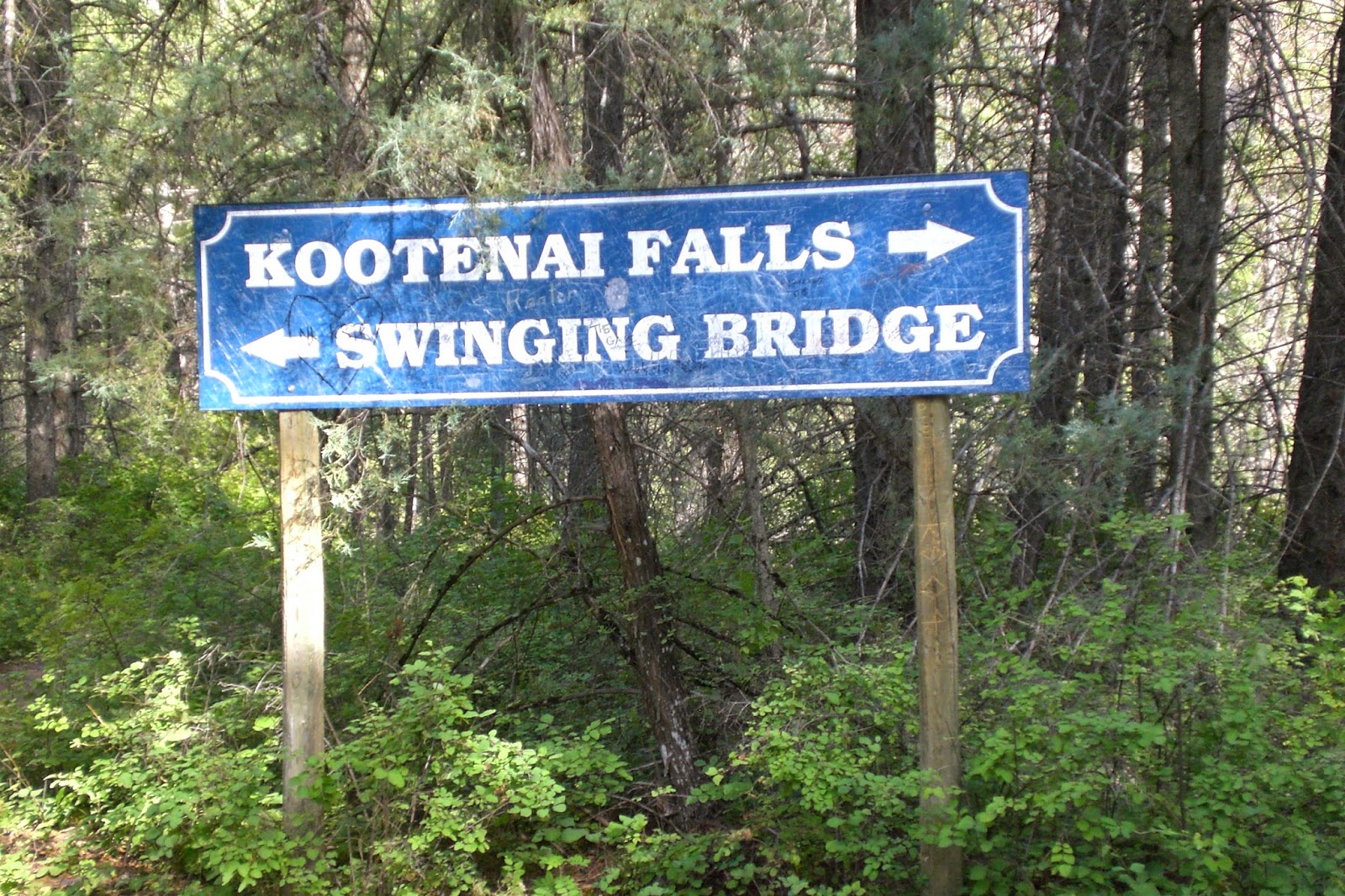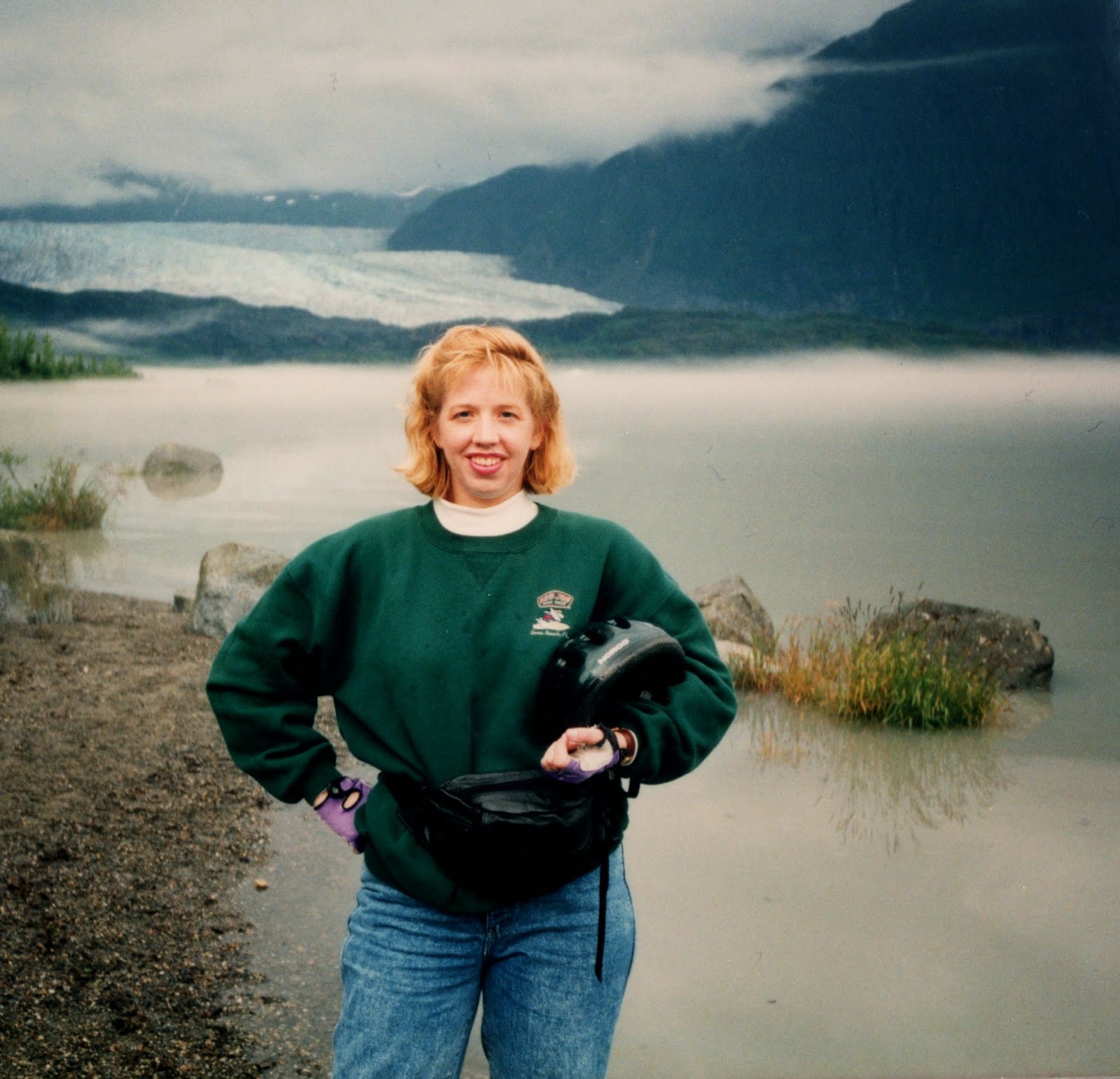Not So Punny
 Small through mid-size churches across the United States use their
white marquees with dark letters to post one of several pieces of information:
the time of Sunday services, the name of the pastor, the theme of the upcoming
sermon (is that like a coming attractions notice at a theater?), or a clever
little pun about religion or faith or God.
In fact, there are websites devoted to these clever phrases so that a
small country church in Oregon may have the same pith as one in Vermont. Welcome to witty religious retorts of the twenty-first
century.
Small through mid-size churches across the United States use their
white marquees with dark letters to post one of several pieces of information:
the time of Sunday services, the name of the pastor, the theme of the upcoming
sermon (is that like a coming attractions notice at a theater?), or a clever
little pun about religion or faith or God.
In fact, there are websites devoted to these clever phrases so that a
small country church in Oregon may have the same pith as one in Vermont. Welcome to witty religious retorts of the twenty-first
century.
 Small through mid-size churches across the United States use their
white marquees with dark letters to post one of several pieces of information:
the time of Sunday services, the name of the pastor, the theme of the upcoming
sermon (is that like a coming attractions notice at a theater?), or a clever
little pun about religion or faith or God.
In fact, there are websites devoted to these clever phrases so that a
small country church in Oregon may have the same pith as one in Vermont. Welcome to witty religious retorts of the twenty-first
century.
Small through mid-size churches across the United States use their
white marquees with dark letters to post one of several pieces of information:
the time of Sunday services, the name of the pastor, the theme of the upcoming
sermon (is that like a coming attractions notice at a theater?), or a clever
little pun about religion or faith or God.
In fact, there are websites devoted to these clever phrases so that a
small country church in Oregon may have the same pith as one in Vermont. Welcome to witty religious retorts of the twenty-first
century.
In truth, posting the times of the services, from my analytical
perspective, ranks as brilliant. If I am
recently relocated, what better way to open the church doors and see all the
people than to let passersby know what time to be here on Sunday. As to the name of the pastor, I doubt that
makes or breaks potential attendees, but what if Pastor Doe doesn’t even reach
the amusement of the clever comment on the signage – does that make a
difference in whether or not he is remembered or forgotten by the sporadic
attendee? If the sign out front gets a
searching soul in the door, how can that spirit be retained?
What We Say Versus What We Do
Maybe I misread the banner strung between the two small trees, but I
pass a sign at a neighborhood church that seems to present an entirely
different take on its services. No, the
banner did not remind its congregation to be there by 9:00 or 11:00, but rather
it broadcasts to the surrounding community, “Look at us! Here is what we can do for you,” and includes
a litany of support for those who seek refuge. Granted the words may have been
less sensational than some cheeky play on words, but the vinyl sign, secured in
each corner by rope, shared with those, like myself, who happened to be passing
by, identifies what the church does for others, for its community, for its
members, and for the betterment of those who step inside its doors. Service, in its doors, is not a time, it is action.
What if this becomes the norm, rather than a
clever comeback? What if websites
include less about amusing words and more about impactful actions? Maybe such sites exist, but I see more of the
former than I do of the latter and as a writer, I spend endless hours
developing a clever turn of phrase, but what really affects the lives of others
is a turn of heart. After witnessing a
recent automobile accident where I choose to check on the status of the driver
at fault, while all other witnesses attend to the victim, I acknowledge
everyone can use a helping hand rather than a quick tongue. In service of others should be our mantra,
rather than a quip on a marquee.

















































